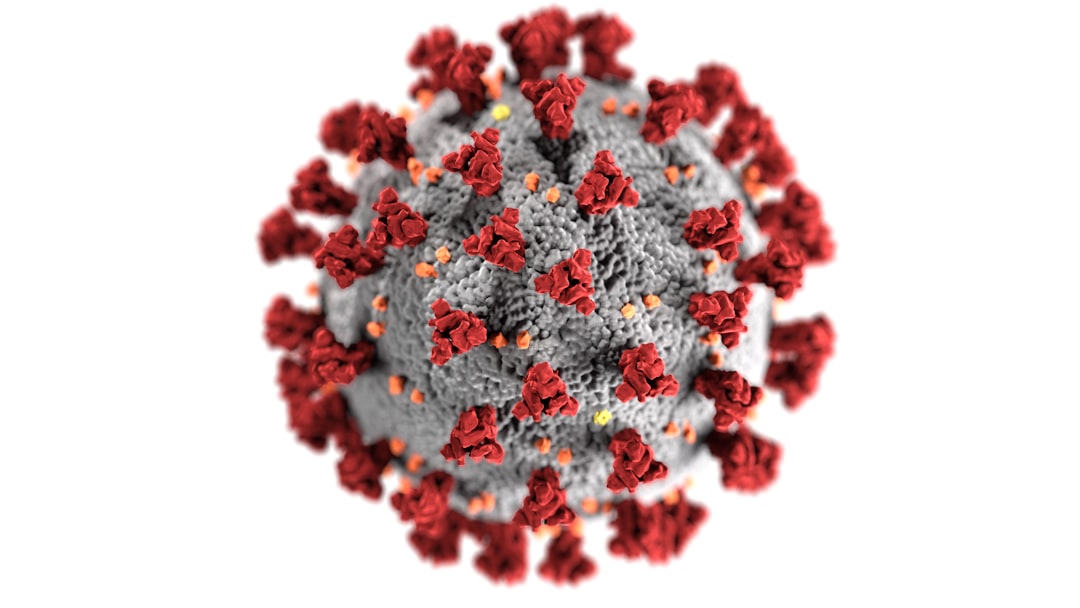What is it about?
Aluminum (Al) toxicity is a major limiting factor for plant growth and productivity inacidic soil. At pH lower than 5.0 (pH < 5.0), the soluble and toxic form of Al (Al3+ions)enters root cells and inhibits root growth and uptake of water and nutrients. Theorganic acids malate, citrate, and oxalate are secreted by the roots and chelate Al3+toform a non-toxic Al-OA complex, which decreases the entry of Al3+into the root cells.When Al3+enters, it leads to the production of reactive oxygen species (ROS) in cells,which are toxic and cause damage to biomolecules like lipids, carbohydrates, proteins,and nucleic acids. When ROS levels rise beyond the threshold, plants activate an anti-oxidant defense system that comprises of superoxide dismutase (SOD), catalase (CAT),ascorbate peroxidase (APX), glutathione S-transferase (GST), ascorbic acid (ASA), phe-nolics and alkaloids etc., which protect plant cells from oxidative damage by scavengingand neutralizing ROS. Besides, ROS also play an important role in signal transductionand influence many molecular and cellular process like hormone signaling, gene expres-sion, cell wall modification, cell cycle, programed cell death (PCD), and development. Inthe present review, the mechanisms of Al-induced ROS generation, ROS signaling, andcrosstalk with other signaling pathways helping to combat Al toxicity have been sum-marized, which will help researchers to understand the intricacies of Al-induced plantresponse at cellular level and plan research for developing Al-toxicity tolerant crops forsustainable agriculture in acid soil-affected regions of the world
Featured Image

Photo by Keagan Henman on Unsplash
Why is it important?
The present review provides comprehensive information on the roleof ROS in aluminium tolerance and its cognitive action at different cel-lular levels: cell wall, cell membrane, mitochondria, and nucleus as wellas interactions with phytohormones, organic acids, and other biomole-cules. As mentioned, ROS are generated as response molecules fol-lowing Al stress but they act as signaling molecules initiating vividresponses to combat the Al toxicity. The tolerance to abiotic stressesis mostly polygenic, involving several signaling and regulatory path-ways, functional and structural proteins and genes; hence the chal-lenge is to control/engineer it. Over the past decades, enormousprogress has been achieved in the identification of important genesencoding transcription factors, transporters, enzymes involved inorganic acid biosynthesis, antioxidant defense and cell wall modifica-tion etc., all playing an important role in Al-tolerance. Several geneshave been overexpressed to develop Al-tolerant transgenic crops likewheat, sorghum, rice, maize, soybean, and tobacco. Advancements invarious high-throughput omics-based technologies like trans-criptomics, proteomics, metabolomics, and ionomics have made it
Perspectives
The present review provides comprehensive information on the roleof ROS in aluminium tolerance and its cognitive action at different cel-lular levels: cell wall, cell membrane, mitochondria, and nucleus as wellas interactions with phytohormones, organic acids, and other biomole-cules. As mentioned, ROS are generated as response molecules fol-lowing Al stress but they act as signaling molecules initiating vividresponses to combat the Al toxicity. The tolerance to abiotic stressesis mostly polygenic, involving several signaling and regulatory path-ways, functional and structural proteins and genes; hence the chal-lenge is to control/engineer it. Over the past decades, enormousprogress has been achieved in the identification of important genesencoding transcription factors, transporters, enzymes involved inorganic acid biosynthesis, antioxidant defense and cell wall modifica-tion etc., all playing an important role in Al-tolerance. Several geneshave been overexpressed to develop Al-tolerant transgenic crops likewheat, sorghum, rice, maize, soybean, and tobacco. Advancements invarious high-throughput omics-based technologies like trans-criptomics, proteomics, metabolomics, and ionomics have made it
Alok Ranjan
Read the Original
This page is a summary of: Alleviating aluminum toxicity in plants: Implications of reactive oxygen species signaling and crosstalk with other signaling pathways, Physiologia Plantarum, March 2021, Wiley,
DOI: 10.1111/ppl.13382.
You can read the full text:
Contributors
The following have contributed to this page










